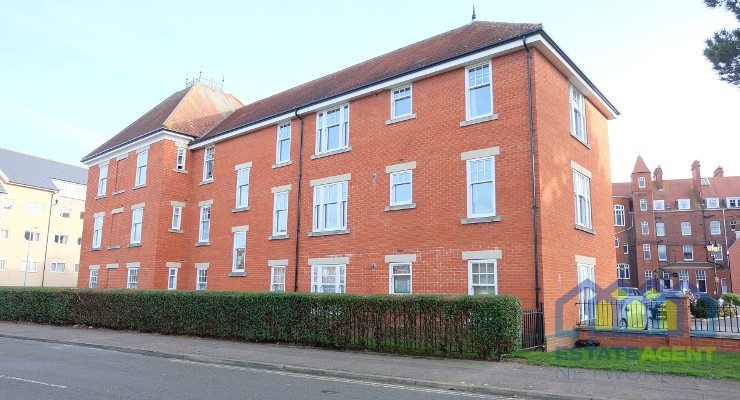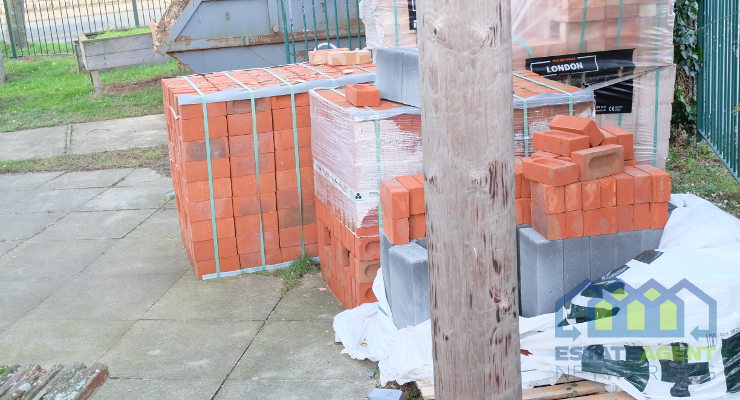Housebuilders delivered enough homes to exceed population growth in the last year
The latest research by new home specialists, Stone Real Estate, has looked at the top performance by the UK’s housebuilders over the last year and how the quantity of new homes delivered compares to the growing need due to an ever-expanding population.
Stone Real Estate found that between 2018 and 2019, 203,900 new dwellings were completed across the UK. With the average property home to 2.4 people, that’s enough housing for some 483,243 people. During the same time frame, the population is predicted to have grown by 395,321, meaning that not only have UK housebuilders kept pace with the increase, but have provided enough homes to house another 88,000 people.
This oversupply was at its largest in England with enough homes built for an additional 43,000 people when compared to the increase in population, with enough for an additional 37,000 in Scotland, nearly 8,000 in Northern Ireland and just 200 in Wales.
Regionally, the South East has seen the largest oversupply when comparing completed dwellings to the increase in population with enough properties built to house an additional 23,000 people.
However, in the West Midlands, there was an undersupply of some 200 properties, while London was the only other region to see the population grow at a greater rate than the number of homes completed, needing an additional 37,000.
On a more local level, Wiltshire, Manchester and Milton Keynes saw the greatest level of housing supply to meet their growing populations, with enough homes delivered to house well over 3,000 additional people each.
Westminster was home to the worst shortfall with an additional 10,000 homes required, along with Camden (8,500) and Tower Hamlets (5,400).
Coventry was home to the biggest shortfall outside of London at just under 5,000 additional homes required. Sheffield, Wandsworth, Bristol, Birmingham, and Brighton also made the top 10.
Founder and CEO of Stone Real Estate, Michael Stone, commented:
“We’ve seen a fantastic job done of late by the nation’s homebuilders when it comes to the sheer volume of stock being delivered and when you compare the number of properties being completed in the last 12 months to the increase in population on a national level, this achievement becomes even more evident.
However, this isn’t the case everywhere and the draw of living in London and other larger cities, coupled with a lack of space to build on, has seen some areas fall behind in terms of the new homes being built compared to the increase in population.
It’s important we keep out foot on the gas and keep meeting demand with new-build supply as not only do we need to build more houses in some areas based on the last year alone, but we were already starting on the back foot due to fewer homes being built in previous years.
Of course, this underperformance can’t be placed solely at the doors of the industry’s developers, far from it. The real spanner in the works over recent years has been a lack of commitment by the government to actually let developers build, as well as a failure to free up land that has been wrongly designated as green belt and could serve a much better purpose meeting the appetite for homes across the UK property sector.”
|
Primary level – nations
|
||||
|
Location
|
New Dwellings Completed (2018-19)
|
Number of people that can be housed by new dwellings
|
Estimated population change (2017-18 to 2018-19)
|
New dwelling capacity vs population change – as number of people
|
|
England
|
169,020
|
400,577
|
357,748
|
42,829
|
|
Wales
|
5,780
|
13,699
|
13,466
|
233
|
|
Scotland
|
21,290
|
50,457
|
13,300
|
37,157
|
|
Northern Ireland
|
7,810
|
18,510
|
10,807
|
7,703
|
|
United Kingdom
|
203,900
|
483,243
|
395,321
|
87,922
|
|
Secondary level – regions
|
||||
|
Location
|
New Dwellings Completed (2018-19)
|
Number of people that can be housed by new dwellings
|
Estimated population change (2017-18 to 2018-19)
|
New dwelling capacity vs population change – as number of people
|
|
East Midlands
|
15970
|
37,849
|
32,483
|
5,366
|
|
East of England
|
19230
|
45,575
|
32,782
|
12,793
|
|
London
|
19360
|
45,883
|
83,080
|
-37,197
|
|
North East
|
9050
|
21,449
|
13,182
|
8,267
|
|
North West
|
20130
|
47,708
|
33,466
|
14,242
|
|
South East
|
32060
|
75,982
|
52,800
|
23,182
|
|
South West
|
20300
|
48,111
|
40,419
|
7,692
|
|
West Midlands
|
16800
|
39,816
|
40,051
|
-235
|
|
Yorkshire and The Humber
|
14000
|
33,180
|
29,485
|
3,695
|
|
Rankings – by best new dwelling capacity vs population change (England and Wales)
|
||||
|
Location
|
New Dwellings Completed (2018-19)
|
Number of people that can be housed by new dwellings
|
Estimated population change (2017-18 to 2018-19)
|
New dwelling capacity vs population change – as number of people
|
|
Wiltshire
|
2,400
|
5,688
|
2,021
|
3,667
|
|
Manchester
|
2,350
|
5,570
|
2,126
|
3,444
|
|
Milton Keynes
|
1,760
|
4,171
|
1,086
|
3,085
|
|
Northumberland
|
1,720
|
4,076
|
1,244
|
2,832
|
|
Croydon
|
1,270
|
3,010
|
509
|
2,501
|
|
Ealing
|
710
|
1,683
|
-754
|
2,437
|
|
Basingstoke and Deane
|
1,060
|
2,512
|
392
|
2,120
|
|
South Oxfordshire
|
1,110
|
2,631
|
737
|
1,894
|
|
City of Kingston upon Hull
|
720
|
1,706
|
-28
|
1,734
|
|
Southampton
|
910
|
2,157
|
437
|
1,720
|
|
Rankings – by worst new dwelling capacity vs population change (England and Wales)
|
||||
|
Location
|
New Dwellings Completed (2018-19)
|
Number of people that can be housed by new dwellings
|
Estimated population change (2017-18 to 2018-19)
|
New dwelling capacity vs population change – as number of people
|
|
Westminster
|
210
|
498
|
10,528
|
-10,030
|
|
Camden
|
160
|
379
|
8,865
|
-8,486
|
|
Tower Hamlets
|
1,820
|
4,313
|
9,741
|
-5,428
|
|
Coventry
|
710
|
1,683
|
6,636
|
-4,953
|
|
Islington
|
370
|
877
|
4,142
|
-3,265
|
|
Sheffield
|
880
|
2,086
|
4,717
|
-2,631
|
|
Wandsworth
|
380
|
901
|
3,217
|
-2,316
|
|
Bristol
|
790
|
1,872
|
4,153
|
-2,281
|
|
Birmingham
|
910
|
2,157
|
4,251
|
-2,094
|
|
Brighton and Hove
|
130
|
308
|
2,240
|
-1,932
|
|
Sources
|
|
|
House building statistics
|
|
|
Live tables on house building: new build dwellings
|
|
|
Housing: Property price, private rent and household survey and census statistics, used by government and other organisations for the creation and fulfilment of housing policy in the UK.
|
|
|
House building: permanent dwellings started and completed by English region
|
|
|
Population estimates
|
|
|
National and Local Authority Level Population Estimates
|
|
|
Average household size
|
|
|
Families and Households
|
|









